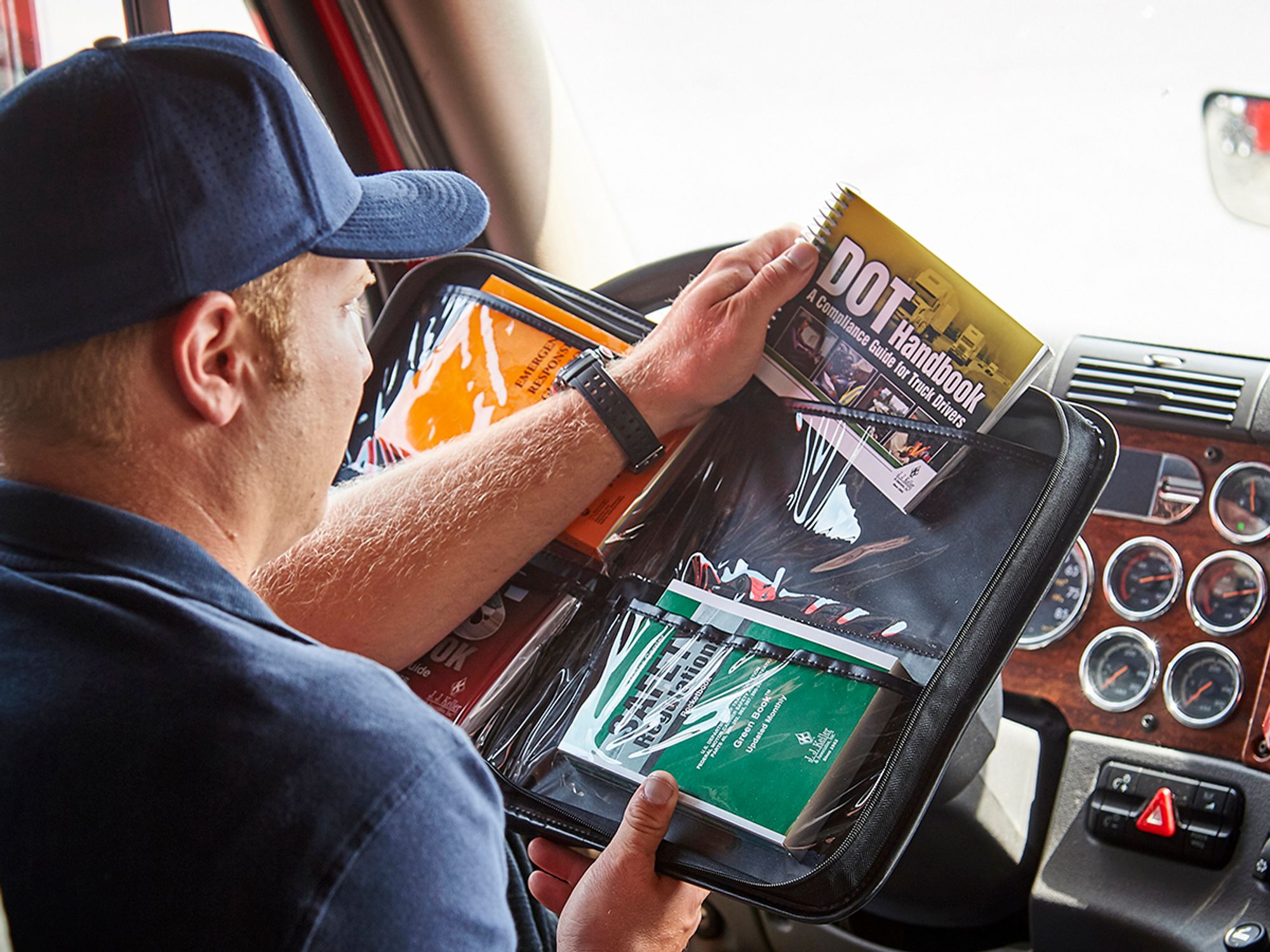How does Part 392 fit into DOT drug and alcohol prohibitions?

- Alcohol restrictions and drug prohibitions exist in Part 392.
- Part 392 is relevant to an employer’s alcohol and drug program, even though drivers are not tested under its provisions.
- Part 392 applies to both CDL and non-CDL CMV operators.
The Federal Motor Carrier Safety Regulations (FMCSRs) have prohibited drug and alcohol behaviors detailed in:
The regulations are not limited to the operation of commercial motor vehicles (CMVs) requiring commercial driver’s licenses (CDLs). The regulations apply to the operation of any CMV — CDL or non-CDL — engaged in interstate commerce.
Part 392 is relevant to a carrier’s alcohol and drug program, even though drivers are not tested under its provisions. (Note: Part 392 does not mandate referral and treatment.)
Alcohol. The alcohol prohibitions in Part 392 are very similar to Part 382. A driver cannot use alcohol or be under the influence within four hours of coming on duty or operating a CMV. But Part 392 is a little more stringent than Part 382. The regulation prohibits:
- Any measured concentration or detected presence while on duty or in physical control of a CMV; and
- Possession of alcohol while on duty unless it is manifested or possessed or used by bus passengers.
An employer cannot require or permit a driver to violate these provisions. The FMCSRs instruct the employer to keep the driver in an off-duty status and keep the person from operating a CMV if it can tell from the driver’s general appearance or conduct that it appears the person used alcohol within four hours of coming on duty.
If the driver is found to be under the influence or in possession of alcohol during a roadside inspection, the person will be placed out of service for 24 hours.
Drugs. The drug prohibitions in Part 392 restrict the use or possession (unless manifested) of any Schedule I drug, amphetamine, narcotic, or any other substance (e.g., over-the-counter medications) which renders the driver incapable of safely operating a motor vehicle. The regulation offers the same exception allowing for the use of a non-Schedule I drug that is legally prescribed by a licensed medical practitioner that advised the driver that its use will not impact the person’s ability to safely operate the CMV.
